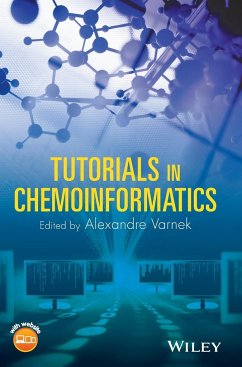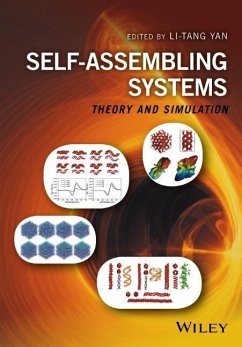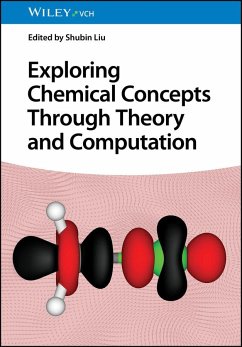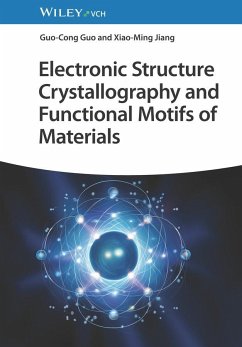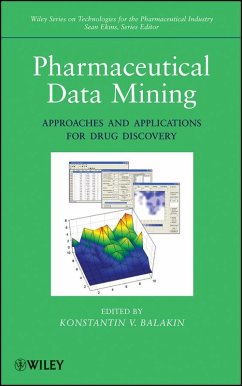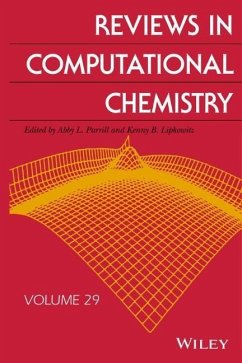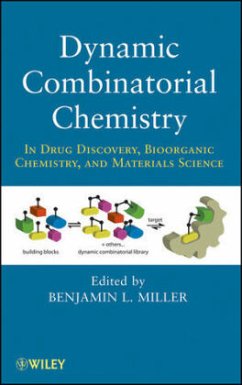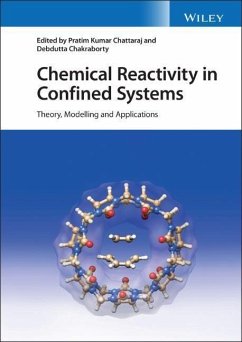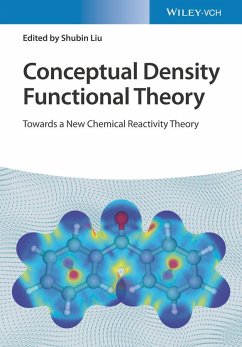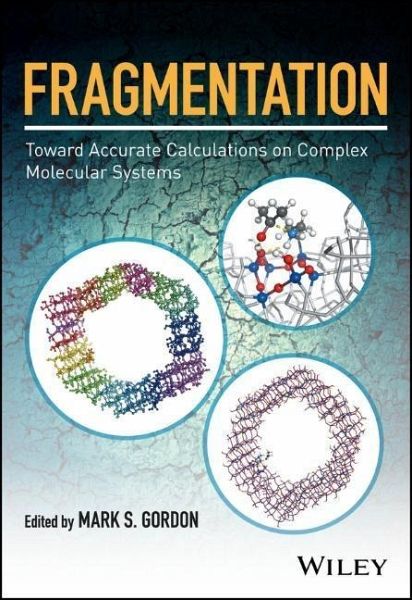
Fragmentation: Toward Accurate Calculations on Complex Molecular Systems
Versandkostenfrei!
Versandfertig in über 4 Wochen
149,99 €
inkl. MwSt.
Weitere Ausgaben:

PAYBACK Punkte
75 °P sammeln!
Fragmentation: Toward Accurate Calculations on Complex Molecular Systems introduces the reader to the broad array of fragmentation and embedding methods that are currently available or under development to facilitate accurate calculations on large, complex systems such as proteins, polymers, liquids and nanoparticles. These methods work by subdividing a system into subunits, called fragments or subsystems or domains. Calculations are performed on each fragment and then the results are combined to predict properties for the whole system.Topics covered include:_ Fragmentation methods_ Embedding ...
Fragmentation: Toward Accurate Calculations on Complex Molecular Systems introduces the reader to the broad array of fragmentation and embedding methods that are currently available or under development to facilitate accurate calculations on large, complex systems such as proteins, polymers, liquids and nanoparticles. These methods work by subdividing a system into subunits, called fragments or subsystems or domains. Calculations are performed on each fragment and then the results are combined to predict properties for the whole system.
Topics covered include:
_ Fragmentation methods
_ Embedding methods
_ Explicitly correlated local electron correlation methods
_ Fragment molecular orbital method
_ Methods for treating large molecules
This book is aimed at academic researchers who are interested in computational chemistry, computational biology, computational materials science and related fields, as well as graduate students in these fields.
Topics covered include:
_ Fragmentation methods
_ Embedding methods
_ Explicitly correlated local electron correlation methods
_ Fragment molecular orbital method
_ Methods for treating large molecules
This book is aimed at academic researchers who are interested in computational chemistry, computational biology, computational materials science and related fields, as well as graduate students in these fields.




